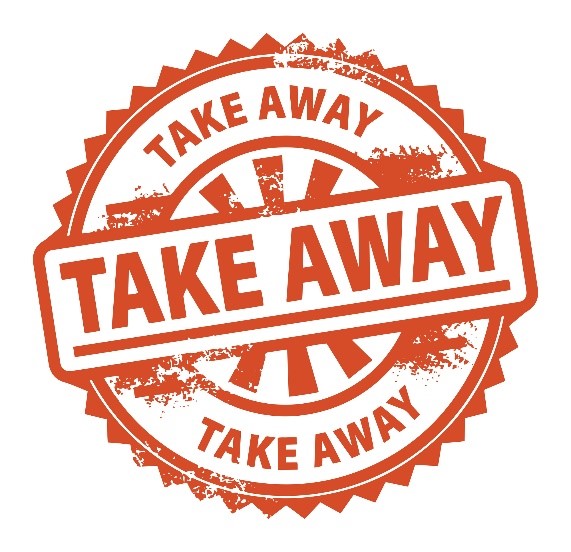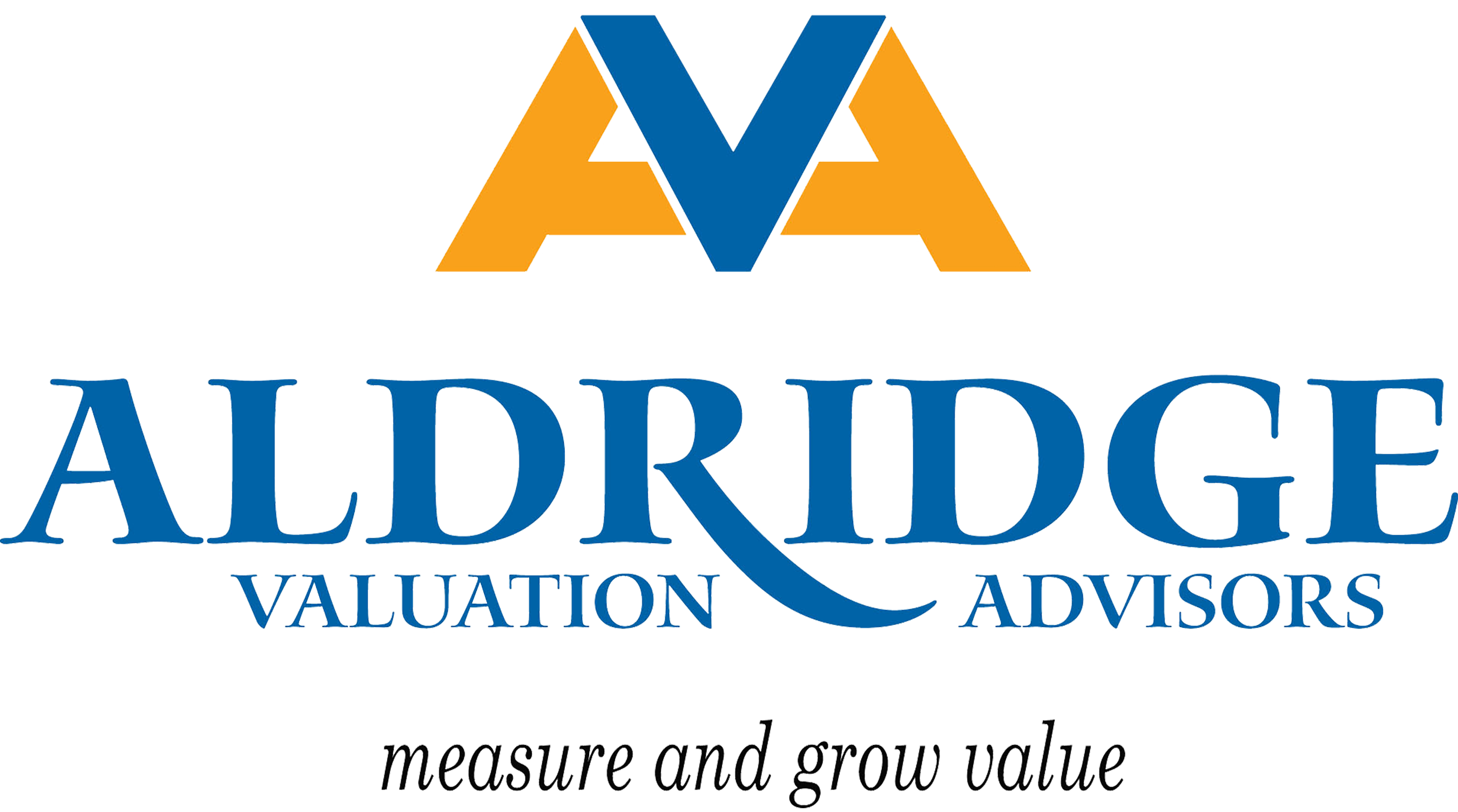Step 2 Analyze KPIs and ratios:
Pain point: What is the difference between a successful business versus one that struggles? Often, the successful business has access to more accurate business intelligence, faster, than the competition. This gives the business owners information at their fingertips so they can make informed decisions.
Each industry has unique metrics to manage to be successful. For restaurants, two key metrics are food & beverage costs and labor costs. Together, these are called “Prime Costs.” If these two numbers combined are greater than 60-65% of total revenues, then the restaurant will struggle and may even close. Depending on the product mix, a restaurant with Prime Costs below 60-65% will be more successful, depending of course on other factors such as quality of food and service, facility overhead costs, general & administrative costs, debt, etc.
Here is an example of how two restaurants manage their costs:
ABC restaurant has been in business several years and has a good reputation for quality and service. ABC utilizes an outside firm to prepare monthly financial statements. At the end of each month, ABC sends all the data to the accountant. The accountant then prepares the financials and returns them to the client, usually between the 3rd and 4th week of the month following the close. The owner of ABC reviews the financials, which are delivered 7-8 weeks after the first of the previous month.
XYZ restaurant also has a reputation for good quality and service. XYZ prepares its financials internally. However, the key difference is that XYZ requires its store managers to prepare daily Profit & Loss Statements (daily P&Ls), which are due to the owner by 10:00 am the following morning, every morning, seven days per week. This accomplishes two things. First, it holds the managers accountable for performance daily. Second, it gives the managers and owners of XYZ the business intelligence needed to make decisions daily as to food and beverage costs as well as labor costs. Adjustments are made daily as opposed to waiting 6-8 weeks later.
Solution: In our example, XYZ restaurant used a simple process to prepare daily P&Ls.
- Revenues: This was taken straight out of the Point of Sale system.
- Food & Beverage costs: Since XYZ restaurant had accurately costed out each menu item, they multiplied units sold times cost per unit to derive their Cost of Goods Sold for food and beverage.
- Labor: This was taken straight out of their time keeping system.
- Other costs: These costs include things like rent, utilities, insurance and other items that are relatively flat and consistent. These items usually don’t require daily decision making anyway.
All this data was entered into excel spreadsheets and sent to the owners by 10:00 am the following morning. The whole process only took about 30 minutes each morning. Not reporting timely was not an option. By managing their costs daily, the monthly financial statements required less attention. With better technology, this process could be improved, but this worked for this business. If you are profitable on a daily basis, then you will be profitable on a monthly basis.
Results: Which restaurant do you think was more successful? Each had good reputations and had been in business for several years. If you guessed XYZ, you are correct.
The one with the most accurate, timely information usually wins.
Takeaway:

- Determine which Key Performance Indicators (KPIs) are unique to your business.
- Measure them as accurately and fast as possible. Estimate where necessary.
- Report them daily if possible, or weekly if necessary. Don’t wait until the middle or end of the following month to see how you are performing. It may be too late.
Please feel free to reach out to me with any feedback you are willing to share, pro or con.
